They affect your car’s handling, ride, braking and safety. But most people don’t give much thought to them.
Eighty-three percent of drivers aren’t “tire smart” (i.e., they don’t know how to properly check tire pressure), according to a 2015 survey from the Rubber Manufacturers Association (RMA).
You may be thinking, Tires haven’t changed since I bought my first set. Wrong! Since they carry you and your car around on the road, taking proper care of them is one of the most important safety factors that also happens to be the most overlooked. Here, we deflate the top five tire myths to make sure you know your way around on four wheels.
Myth #1: All Cars Come With Spare Tires
This used to be standard, but not anymore. For space-saving reasons and fuel efficiency, approximately one in three new cars don’t come with a spare tire in the trunk. Instead, you’ll get a “temporary mobility kit” with a tire sealant and a tire inflator or run-flat tires, says Maryland-based master mechanic and automotive radio show host, Pat Goss. If your tire is punctured, apply the sealant through the valve stem then use the inflator to re-inflate it, he explains. The downside? If the damage is more severe than a tiny hole (think nail size), the mobility kit probably isn’t going to cut it and you’ll have to be towed (GEICO’s mobile app makes it a cinch to request emergency roadside assistance.). Go check your trunk now, so you’re not surprised in an emergency.
Myth #2: The Correct Tire Pressure Is Listed On The Tire Sidewall
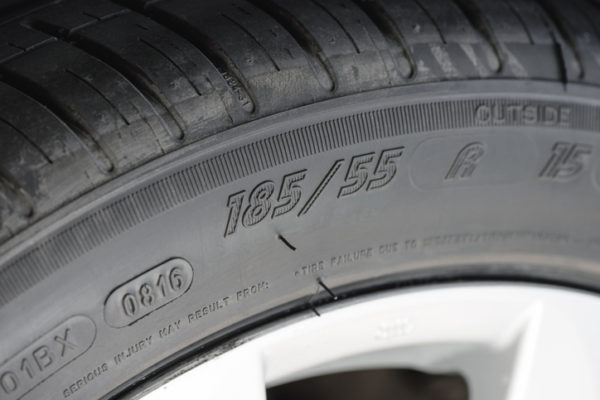 Half of all drivers believe this is where you should look to find out the ideal tire inflation pressure number. But these numbers actually tell you what size and kind of tire you have as well as the maximum cold inflation PSI the tire is rated for—not the recommended pressure for your vehicle. That information is actually listed on a label inside the vehicle’s driver-side door or in the owner’s manual.
Half of all drivers believe this is where you should look to find out the ideal tire inflation pressure number. But these numbers actually tell you what size and kind of tire you have as well as the maximum cold inflation PSI the tire is rated for—not the recommended pressure for your vehicle. That information is actually listed on a label inside the vehicle’s driver-side door or in the owner’s manual.
Myth #3: A Tire-Pressure Monitoring System (TPMS) Ensures That Your Tires Are Always Good To Go
A tire-pressure monitoring system electronically tracks and displays tire pressure via a gauge, pictogram display or a warning light on your vehicle’s dashboard. “These have lulled most drivers into believing that if the warning signal is off, everything is fine,” says Goss. Since a signal is only triggered when tires lose 25 percent of their inflation pressure (aka “dangerously low” tire pressure), you could be driving on tires that are underinflated enough to cause unnecessary wear, waste fuel and in some cases, decrease cornering ability while increasing stopping distances. Goss advises that you should check tire pressure every 30 days the old-fashioned way: manually, with a tire pressure gauge. (Need a refresher? Watch this quick how-to video on how to check your tire pressure.)
Myth #4: You Should Rotate Your Tires About Once A Year
 Not exactly. Tire rotation should be performed every 5,000 to 8,000 miles, which also coincides with the typical oil change recommendation. So the easiest way to ensure this happens is to get both done at the same time, says Goss. Another way to keep track? “Most cars today have dual trip meters, so you can set one trip meter to zero when the oil is changed or the tires are rotated and wait for it to reach the desired miles,” says Goss.
Not exactly. Tire rotation should be performed every 5,000 to 8,000 miles, which also coincides with the typical oil change recommendation. So the easiest way to ensure this happens is to get both done at the same time, says Goss. Another way to keep track? “Most cars today have dual trip meters, so you can set one trip meter to zero when the oil is changed or the tires are rotated and wait for it to reach the desired miles,” says Goss.
Myth #5: Never Continue Driving If You Experience A Flat
Run-flat tires—which let you keep driving after a puncture so you can make it to an auto shop—are becoming more popular. “Many manufacturers are using them because the additional cost of four run-flats is less than the cost of a spare tire, wheel and jack,” says Goss. Run-flats vary as to how far they can be driven and at what speed, but generally speaking they can be driven for up to 50 miles at a reduced speed (usually about 50 miles per hour), he explains. You can tell if your car has run-flats by looking inside the driver’s door, in your owner’s manual or checking the tire sidewall for one of the following codes: RFT, DSST, ROF, RFT, EMT, XRP, ZP or ZPS.
Have more tire questions? Here are 5 signs you need new tires.
Knowing your way around your tires is one thing, but being truly streetwise means having dependable insurance that won’t cost you an arm and a leg. Get a fast, free auto insurance quote from GEICO to see how much you could save.
By Nicole Cherie Jones

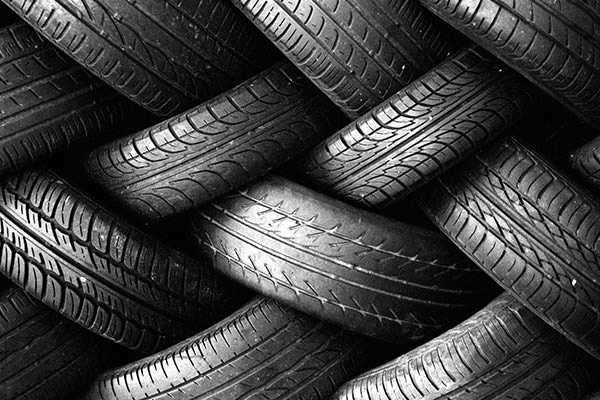


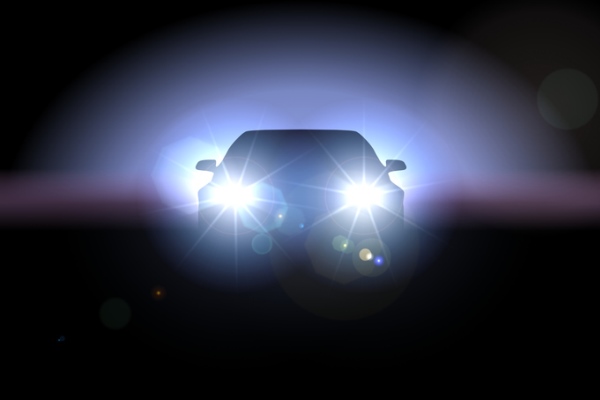
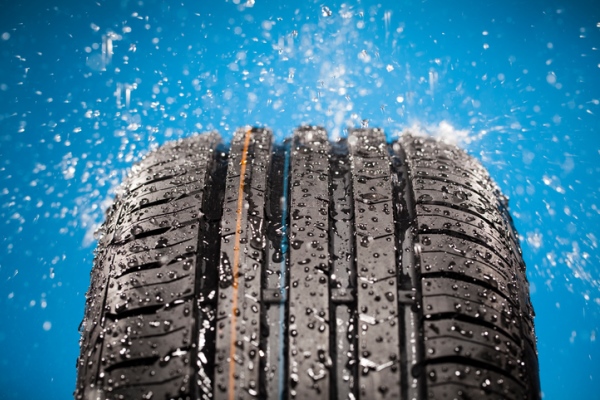
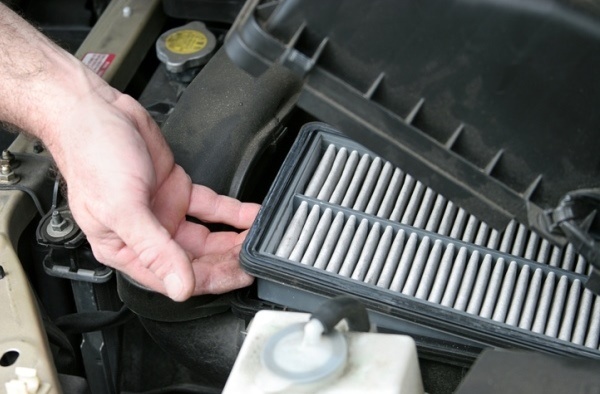


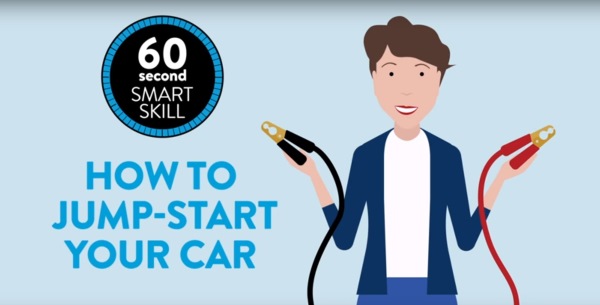
Rob Palmer says,
Always keep on board a dial-type pressure gauge (I’ve had mine for over forty years, and it is still accurate) to verify your system has been reset correctly after new tire mounting. A tire dealer can read battery condition for each wheel, usually free of charge.
Den says,
In my experience runflat tires are more expensive than regular tires, $400+ at the minimum and if by chance you pick up a nail, tire shops refuse to repair them. but they will gladly replace the tire where getting plug would have cost $30-50. There should be a legislation requiring car manufacturers to provide make space for a spare. If you are traveling and just your luck you wind up somewhere that everything closes at around 8p you wont be able to get another tire until the morning, what do you do until then, get a hotel. Your trip is way safer if you have a spare.
Marina says,
Thanks. That is what I found out also. But I can drive up to 100 miles on mine, so there is usually enough time to buy new ones. I was also told by Firestone technicians that the run flats can be repaired if punctures are on specific areas.
Ed says,
Myth #5: And if you don’t have run-flat tires? Why would you call this a myth based on info for only one type if tire?
Biff Tannen says,
The myth was ALL cars come with spares.
Since not all cars come with spares it was a general statement.
pretty self-explanatory.
Ed says,
Umm… no. as I opened the comment with, “Myth 5” which was “Never Continue Driving If You Experience A Flat”
Pretty self-explanatory.
Sandy Reynolds says,
Your Tire PSI should be set from the Tire rating not the tag on the door of your vehicle, That was the whole Problem with the Firestone Tires Back In the early 2000’s with the SUV”s If you have a Vehicle that weight’s 4,000 lbs you don’t put 32lbs PSI in your tires, says the same on a sticker for a 8,000lb vehicle, I have always had $)-$@lbs PSI in my tires wheather It was a Tahoe or a Grand Prix, always had better handling, Gas Mileage and Handling also never had a Flat!
Sandy Reynolds says,
That’s suppose to say 40-42lbs PSI on my vehicle’s
Bill Burnett says,
Interesting information. Thank you.
Dennis Wood says,
Good information for new drivers. Just wish more parents spent as much time explaining these simple facts to their children when they start to drive. I have lived in several foreign countries and there in order to get a drivers license you have to know these things as well as be able to drive the vehicle.
Sam says,
I’ve been driving for about 65 years now and I have a comment on your tire rotation article. When I first started driving tire rotation was recommended every 20 thousand miles. Today with better material and construction every 5 or 10 thousand miles seems to me to be excessive.
IsamEldin Yagoub says,
Its really helpful subject but need more about suitable tires for certain surfaces like snow, off road, sand, etc….
Chris Carlsen says,
Could you insure your tires?
Paul E Taylor Jr says,
YOU FORGOT THE BIGGEST and YES it does happen You dont have to remove the WINTER air & put in SUMMER air & vice versa. I worked at gas stations where some idiot has come in requesting this service LOL
jason says,
is it necessary to buy a complete set of tires if you get one flat? i only bought one and had the alignment fixed so hopefully i’m good? they also placed it in the rear which i heard is good.
jason says,
*the one i bought is a different brand than the other three…
Kevin Knopf says,
If the vehicle is AWD you should replace all…
Brian says,
It’s best to try and get the same brand so the tread pattern is the same. It will also depend a little on whether your car is and, rwd or fwd and how much tread you have left on the other 3.
James says,
Only if tread of one new tire is big tread depth versus old tires I would recommend replacing a pair of tires of tred depth is big difference
Marina says,
Usually, the mechanics advise to replace tires in pairs putting the new ones in the back. The exception could be if you are replacing with a used tire. It should be selected in a way to reasonably match wear on its counterpart that is staying.
Tammy Lancaster says,
Thanks for the that I especially glad you mentioned not to rely on the cars warning system for low pressure. Very helpful
Gary & Kay Hurley says,
Great info! Thank you!
Spencer says,
It seems to me that the new low profile tires cost much more and ride harder. Does anyone know the advantages of these? Is handling or tire life better?
Brian says,
They will handle better as there is less flexibility as the sidewall is shorter which is why you typically see them on performance and sports cars. Tire life all depends on the type of tire (all season, high performance summer, etc) and the alignment.
Bryan says,
My low profile tire mileage/tread life has always been much shorter than normal tires. This includes many different vehicles I’ve owned. I am pretty meticulous about rotating. My opinion, it’s less about the ride, low profile handle, grip, brake much better. So for safety and performance low profile are great. Don’t let the tread get below recommend levels, they perform terrible on wet roads when wet. I know that can be said for all tires, but I’ve owned 27 vehicles in my life, hydroplane issues are bad on low tread low profile tires.
Brian says,
I put 32 to 35 PSI on my 2011 Challenger se and check every month. Work’s great